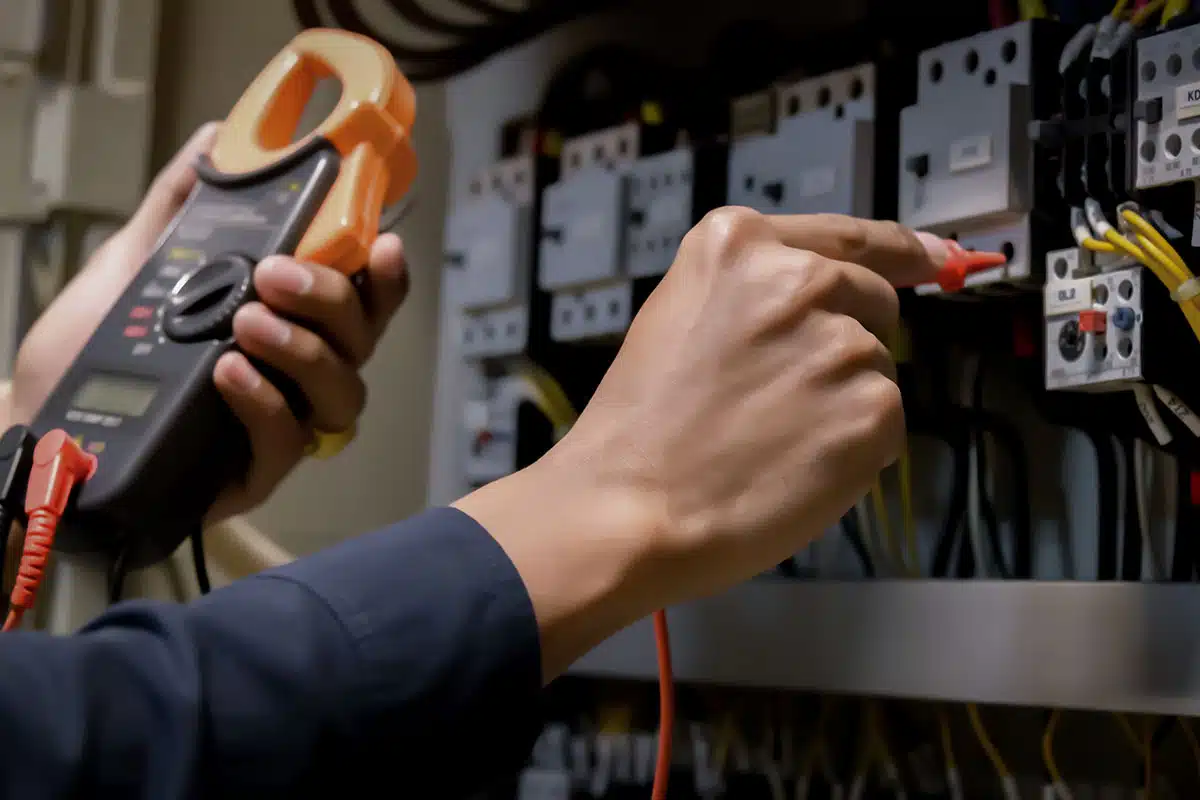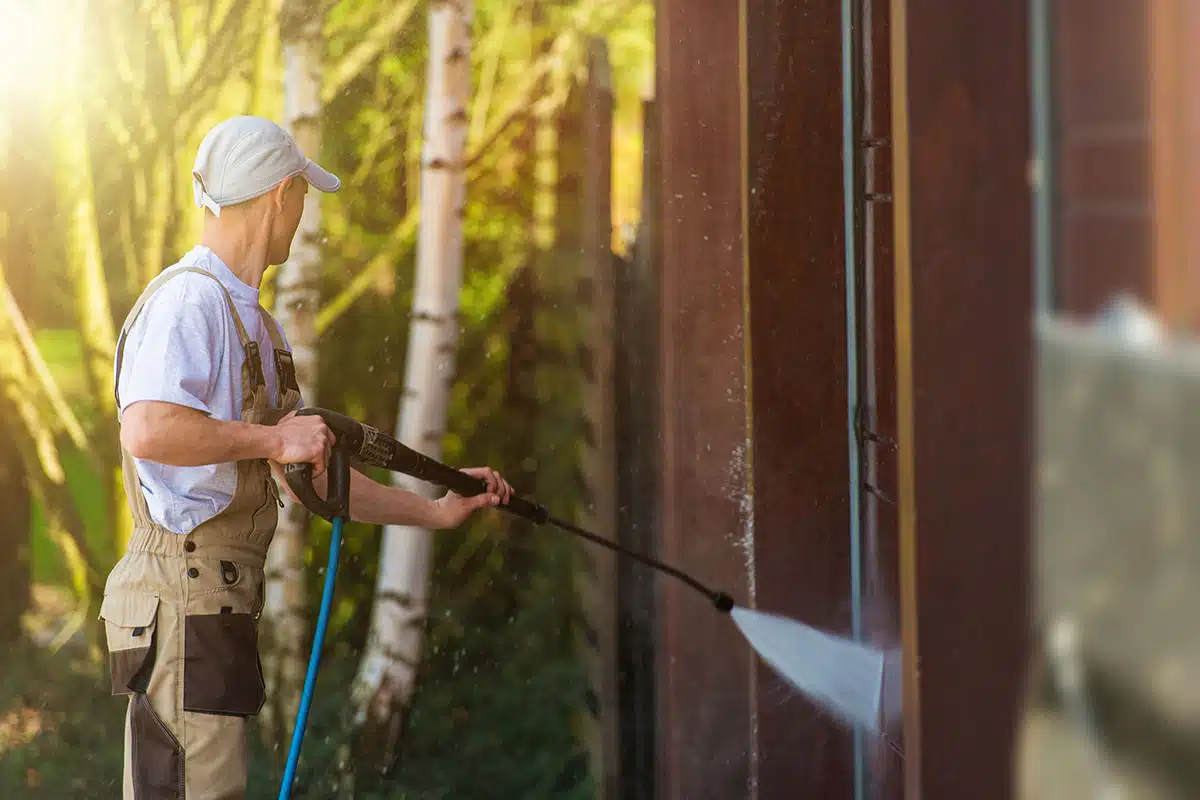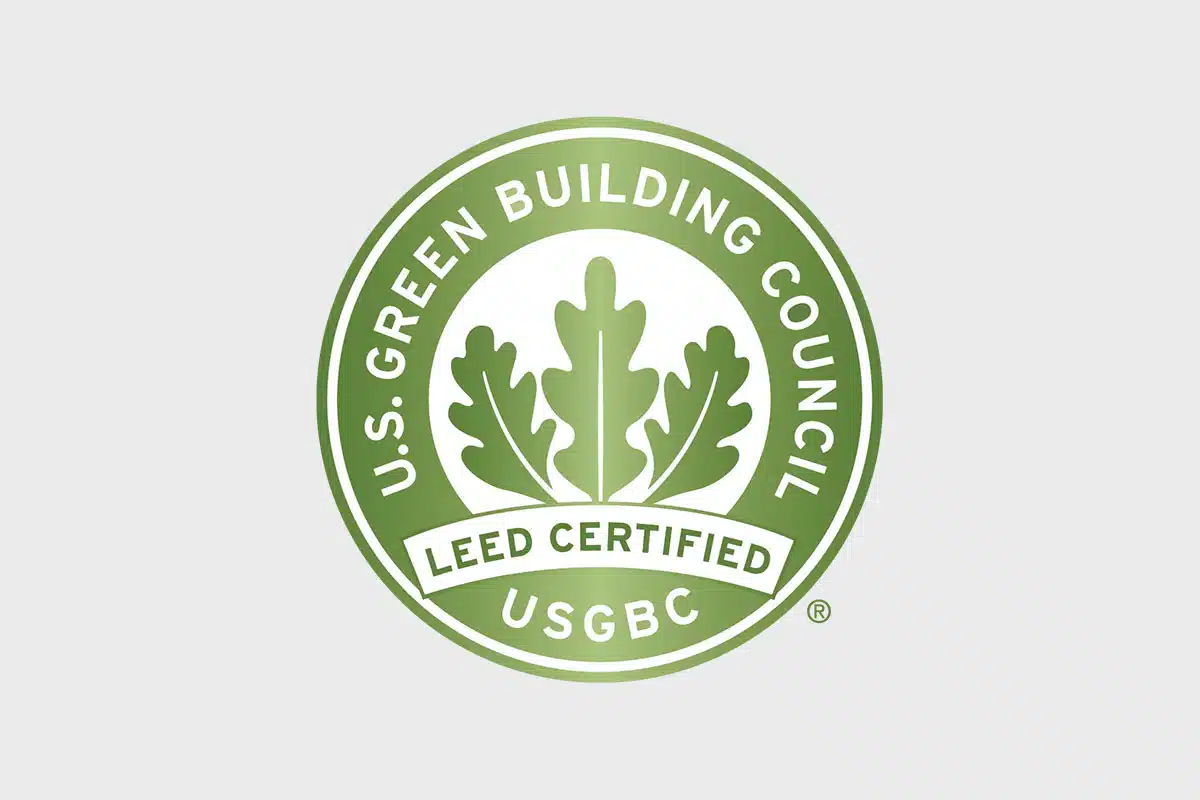For most of the twentieth century, facilities managers ran their operations with only rudimentary technology. Even railyards and other sprawling facilities were managed with tools that were rarely more sophisticated than paper or punch cards. Then, in the latter part of the century, many large companies adopted a new technology known as a computerized maintenance management system (CMMS). And by the nineties, CMMS software had become inexpensive enough to be a viable option even for smaller companies.
In the decades since, CMMS software has become even more robust, so that today this indispensable technology offers a hefty advantage to those companies looking to streamline operations. The software has found a home in multiple industries, and now whether you operate a complex gas plant or a single office building, this technology can help ensure the safe and efficient functioning of the facility’s equipment, machinery, and building envelope.
Used properly, CMMS software can provide value well beyond paperwork organization and work order management.
Defining CMMS Software
CMMS can also be referred to as CMMIS (computerized maintenance management information system), and is sometimes used interchangeably with EAM (enterprise asset management) or even APM (asset performance management). However, while there are areas where these technologies overlap, there are also some key differences.
Enterprise Asset Management (EAM)
The goal of an EAM system is to optimize an asset’s lifecycle. It enables a holistic approach to managing asset performance from cradle to grave, one that goes beyond tracking maintenance schedules to include planning for the timely decommissioning and replacement of assets.
Asset Performance Management (APM)
APM, although it shares many features with CMMS, is concerned with analyzing the performance of building assets to increase productivity and minimize risk.
Computerized Maintenance Management System (CMMS)
CMMS is dedicated to optimizing MRO (maintenance, repair, and operations). CMMS software is designed to track maintenance activities and scheduling costs. To maximize a facility’s MRO, CMMS software automates the management of workflows, optimizes routing, and enables organized recordkeeping for reporting and auditing.
By gathering disparate information and data into one container, CMMS tools provide facility managers with an easy means by which to schedule and track work orders, a task that, pre-automation, was tedious and time intensive. Used properly, CMMS software can provide value well beyond paperwork organization and work order management.

Maximizing Maintenance and Improving Operations with CMMS Software
CMMS software can make facilities management easier and more effective by increasing productivity and optimizing operations across multiple areas:
Workforce Productivity
CMMS software can streamline communication between maintenance teams and other departments. This results in better coordination, quicker response times, and increased productivity, since personnel can focus on their tasks without unnecessary delays caused by disorganized processes.
When CMMS algorithms predict that maintenance is required, the system can automatically generate work orders for necessary tasks. This proactive approach ensures that maintenance teams are informed well in advance of a needed operation, allowing them to plan and execute maintenance activities without disrupting regular operations.
Predictive Maintenance
Regular preventive maintenance has long been the cornerstone of modern facilities management. But today, new technologies are enabling facilities managers to be even more forward-thinking in their management practices, and embrace what’s known as predictive maintenance.
New, advanced sensors and monitoring devices, attached to critical equipment, can now offer real-time data on the condition of machinery. This crucial performance and condition data include temperature, vibration, and even pressure. CMMS software then analyzes this data to provide insight into the health and longevity of a facility’s assets, helping maintenance teams predict when equipment might require attention.
Downtime Reduction

Equipment downtime, which often causes disruption and lost productivity, is often more expensive than any repair. According to a study by Deloitte, inadequate maintenance procedures can reduce a facility’s overall productive capacity by up to 20 percent.
By analyzing usage and performance patterns, along with historical data and current operating conditions, CMMS software can forecast potential issues and recommend preventive actions. In this way, the system can identify early signs of deterioration or discover unexpected anomalies, so that maintenance crews can investigate and repair, avoiding a breakdown that interrupts normal operations.
Whether your maintenance strategy is preventive, predictive, or a combination of both, CMMS technology can automate work orders and maintenance schedules to reduce asset downtime and extend equipment life, thus enhancing overall operational efficiency. Uninterrupted uptime means production continues, deadlines are met, orders are filled, and customers or occupants remain happy.
Metrics and Analytics
The task of tracking and managing all the parts that make up a facility can be complex, which is why having real-time access to comprehensive data is one of the biggest advantages of maintenance software. This data not only facilitates quick decision-making, but also ensures that all stakeholders are well informed about the status of equipment, work orders, and overall facility health. It ensures that assets are utilized optimally, and replacement decisions are based on sound analysis.
CMMS analyses also enable companies to optimize spare parts management. Instead of either maintaining excess inventory or facing shortages, businesses can manage their spare parts stock based on actual usage patterns and predicted maintenance needs. This minimizes deliveries and the overstocking that leads to wasted parts, which in turn not only reduces costs, but also the facility’s ecological footprint.
Consistency and Compliance
CMMS software can make regulatory compliance easier by compiling the extensive data and documentation that are needed to prove adherence to laws and regulations. Computerized maintenance systems have the ability to create audit trails by building documentation from logged work order history, gathering the information needed to pass audits, and even submitting records to prove compliance via electronic signature. This not only saves valuable time, but also offers greater accuracy and timely submissions.
Emission Control
Another benefit of monitoring assets for performance is the ability to identify emissions, energy use, or hazardous leaks that may affect the environment, building occupants, or customers. With CMMS software, a facility’s energy usage can be monitored in real time. Blips in usage serve as an alert that enables maintenance crews to investigate a potential problem before it escalates, so that the facility consistently maintains energy efficiency across operations. Facility managers can also leverage energy usage data to assess the environmental impact of operational practices and implement strategies to improve sustainability.
When CMMS Doesn’t Work
As with any technology, when it comes to using CMMS software, the adage “garbage in, garbage out” applies. Technological innovations can improve facility operations, but behind every piece of technology is a human hand. It’s vital that the technicians who use CMMS software are fully trained and knowledgeable, so they can avoid errors and fully leverage the CMMS tool. In order to make sure your CMMS system yields the best results, it’s important to keep three factors in mind:
Integration challenges
Integrating CMMS software with existing systems, such as enterprise resource planning (ERP) systems or building management systems (BMS), can be challenging. Compatibility issues may arise, requiring additional time and resources for seamless integration.
Learning Curve
When implementing a new CMMS, be prepared for a learning period that could temporarily affect productivity. Remember that in addition to the personnel who interact directly with the CMMS software, ancillary staff will also require training.
Data Security
Storing sensitive operational and maintenance data on a digital platform raises concerns about data security. Facilities need robust cybersecurity measures to safeguard against potential breaches that could compromise critical information.
Going Forward with CMMS Software
Advances in CMMS software have the potential to provide transformative leaps in efficiency, sustainability, and predictive maintenance. In the hands of knowledgeable managers and technicians, facility management software offers a centralized hub for all operations, increasing efficiency in MRO scheduling, data management, and asset tracking. The foresight provided by real-time monitoring and predictive analysis ensures that potential issues are addressed before they escalate, minimizing downtime and increasing cost savings.
Although there may be hurdles and hiccups in implementing or upgrading to a robust management system, CMMS software offers businesses operational resilience, enabling them to create and maintain sustainable, cost-effective, and future-ready facilities.









